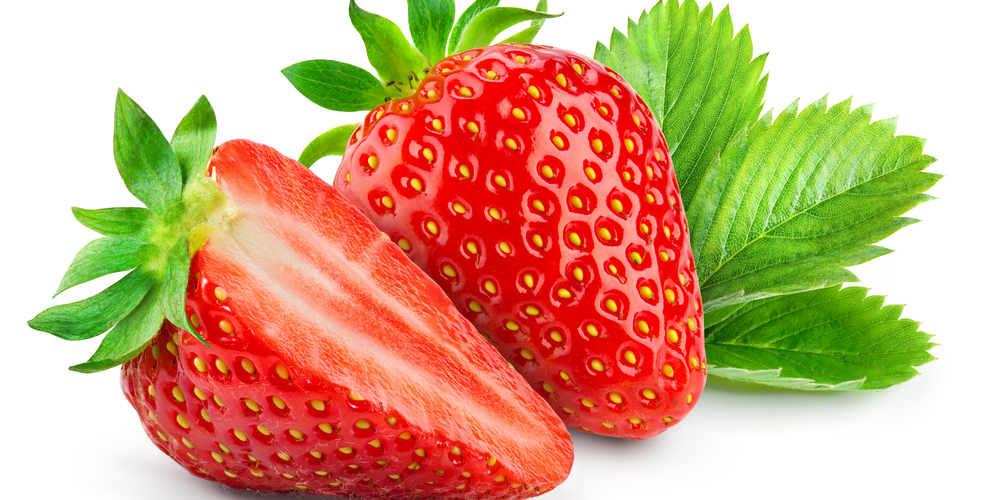Who doesn’t like the taste of a ripe, juicy strawberry? Its delicate flavor is a perfect addition to any meal, whether you’re enjoying it in a fruit salad, on top of your morning cereal, or as part of a delicious dessert. You may be wondering about planting strawberries in Utah.
What could be better than picking strawberries right from your own backyard?
With its evergreen nature and ability to withstand cold winters, the state of Utah is an ideal place to grow strawberries. Here are a few tips to help you get started:
When is the Best Time to Plant Strawberries in Utah?
Strawberries typically bear fruit two months after planting, which means that in Utah, the best time to plant strawberries is in late April or early May. This will give the plants enough time to establish themselves before the hot summer months arrive.
Depending on the variety of strawberries you choose to grow, you may also need to consider the plant’s chilling requirements. For example, varieties such as ‘Seascape’ and ‘Albion’ require at least 200 hours of temperatures below 45 degrees Fahrenheit to produce fruit.
In Utah, the average last frost date is May 15th, which means that you should wait until after this date to plant your strawberries. Ideally, planting during the late spring, when the weather is warm but not yet hot, will give your plants the best chance to thrive.
What Type of Strawberry Should I Grow in Utah?
There are many different varieties of strawberries, and each one has its own unique flavor and characteristics. When choosing a variety to grow in Utah, it’s important to consider the climate and growing conditions. Here are some strawberry varieties that thrive in Utah:
Seascape
This variety is known for its sweet flavor and resistance to disease. It’s a good choice for growers in northern Utah, as it requires less chilling hours than other varieties.
Albion
This variety is a good choice for southern Utah, as it can tolerate warmer temperatures. It’s also known for its high sugar content and large fruit size.
Chandler
This variety produces large, sweet strawberries that are perfect for eating fresh or using in recipes. Because of its later ripening time, it’s a good choice for growers in central and southern Utah.
What are the Best Tips for Growing Strawberries in Utah?
Here are a few tips to help you grow delicious, juicy strawberries in Utah:
Water Regularly and Evenly
Strawberries need to be kept moist, but too much water can cause the fruit to split. Water your plants regularly and evenly, using about an inch of water per week. This applies even during the fruiting season.
However, prevent watering or wetting the leaves as much as you can. This can cause fungal diseases, which can quickly ruin your crop, which in turn can also turn fruits sour.
Fertilize Your Plants
Strawberries are heavy feeders, so they will need to be fertilized regularly. It relies heavily on nitrogen. You may opt to fertilize your strawberry crops with nitrogen only, like using ammonium sulfate. You could also use a complete fertilizer with nitrogen, phosphorus, and potassium with a 12-12-12 ratio.
Weed Your Plants Regularly
Weeds compete with your strawberry plants for water, nutrients, and space. Be sure to weed your strawberry patch regularly to give your plants the best chance to thrive.
Mulch Your Plants
Mulching your strawberry plants will help keep the fruit clean and prevent diseases. Apply a layer of straw, grass clippings, or shredded leaves around the plants, leaving the crowns (the center of the plant where the leaves emerge) uncovered.
Monitor Your Plants for Pests and Diseases
Strawberries are susceptible to various pests and diseases, so it’s essential to monitor your plants regularly. Look for signs of pests such as aphids, slugs, and spider mites.
Common diseases include powdery mildew, leaf spot, and crown rot. Be sure to remove any affected leaves or plants to prevent the disease from spreading. A pest-free strawberry patch produces sweeter and healthier fruit.
Plant in Raised Beds
Strawberries grow best in raised beds. This helps improve drainage and prevents the plants from becoming waterlogged. It also makes it easier to control weeds and pests.
Choose a Location Carefully
When choosing a location to plant your strawberries, be sure to consider the amount of sun and shade it gets and the type of soil. Strawberries prefer well-drained, sandy loam soils with a pH between 5.4 and 6.5
They also need full sun, so choose a location that gets at least three to six hours of direct sunlight per day and an additional three to four hours of indirect sunlight. This ensures that the plants will produce plenty of fruit.
Planting Strawberries in Utah: Final Thoughts
A good crop of strawberries starts with careful planning and preparation. By following the tips above, you can grow delicious, juicy strawberries in Utah or other states such as Illinois or Mississippi.
With a little patience and effort, you’ll be rewarded with a bountiful harvest of sweet, delicious fruit all season long.
Related Article: When to Plant Carrots in Utah?


